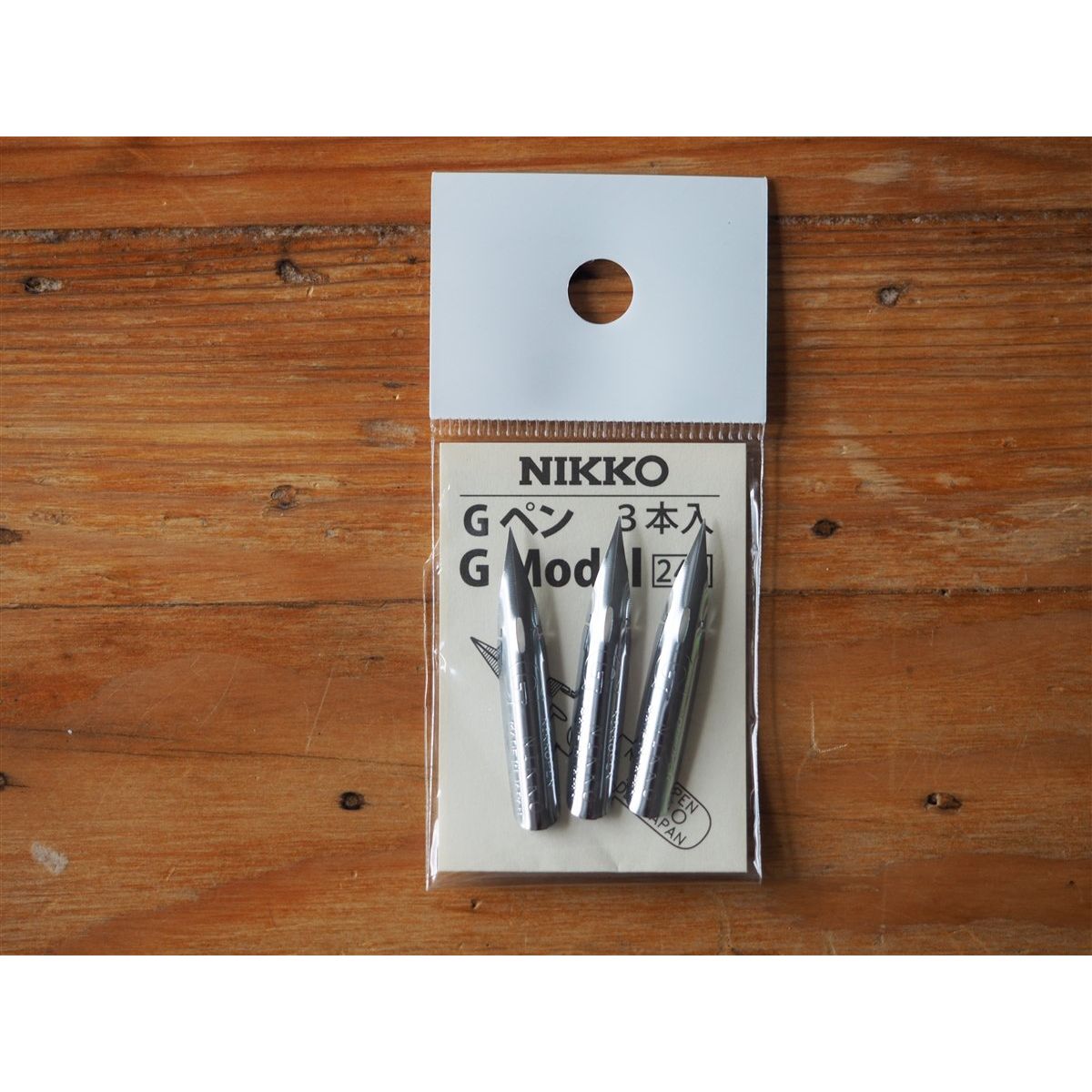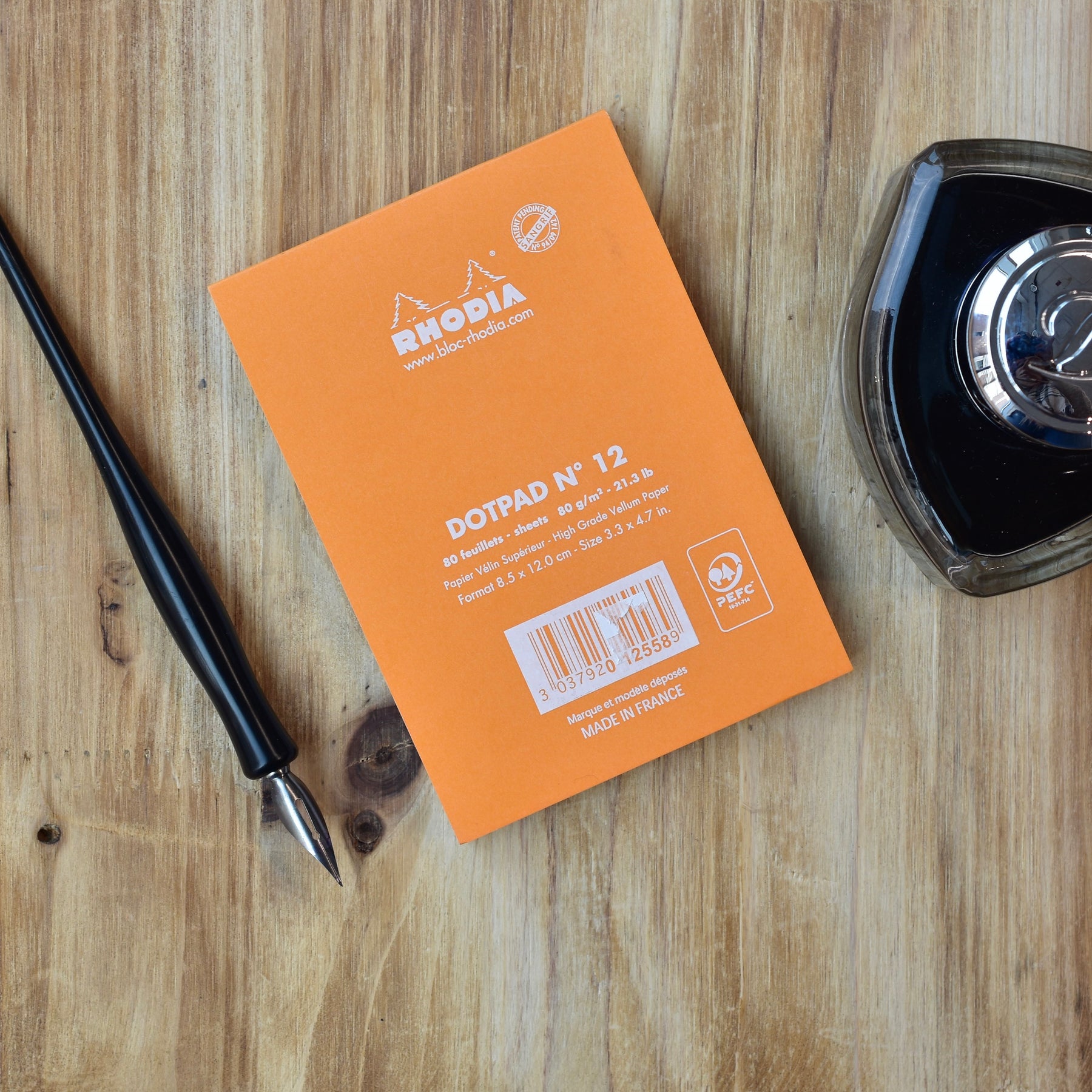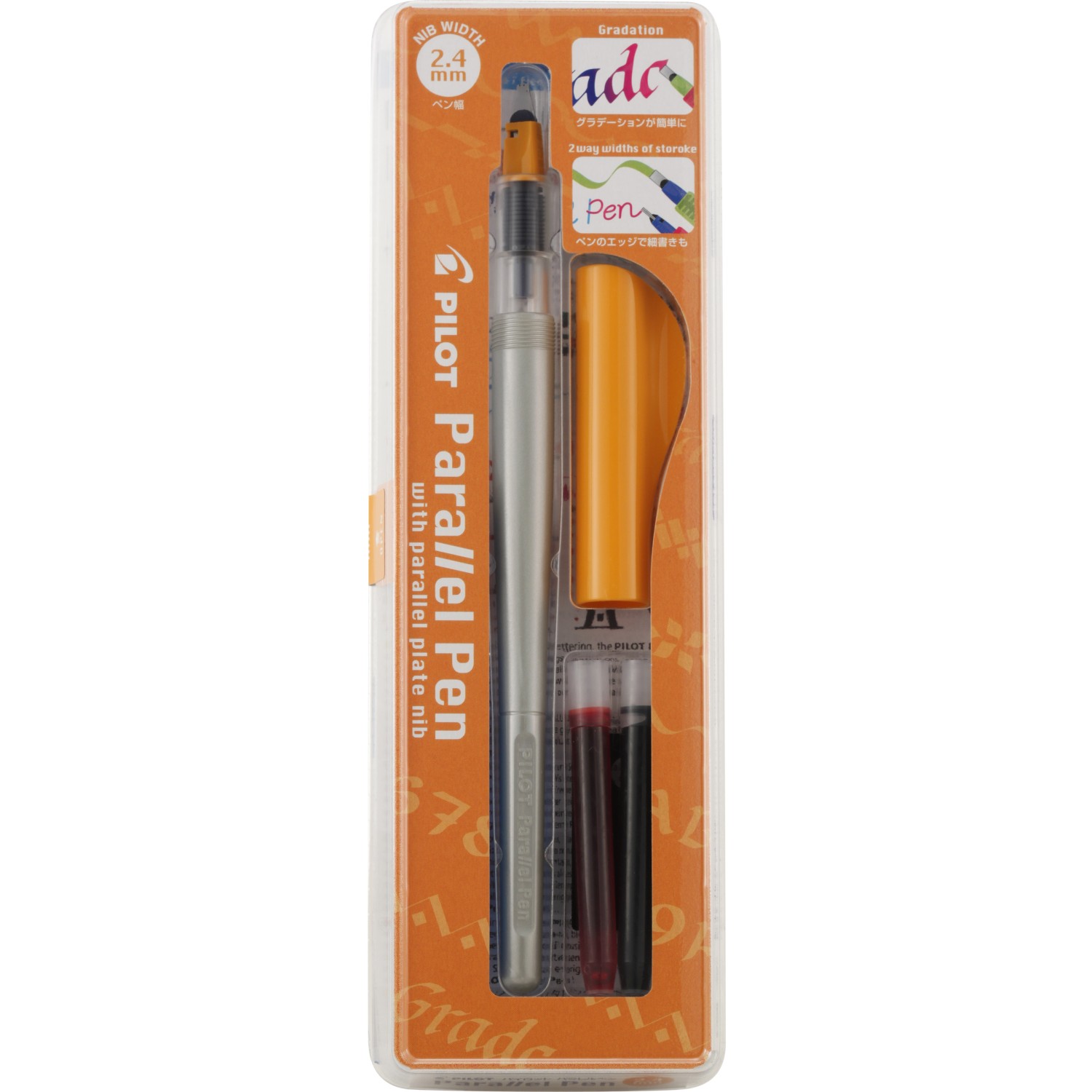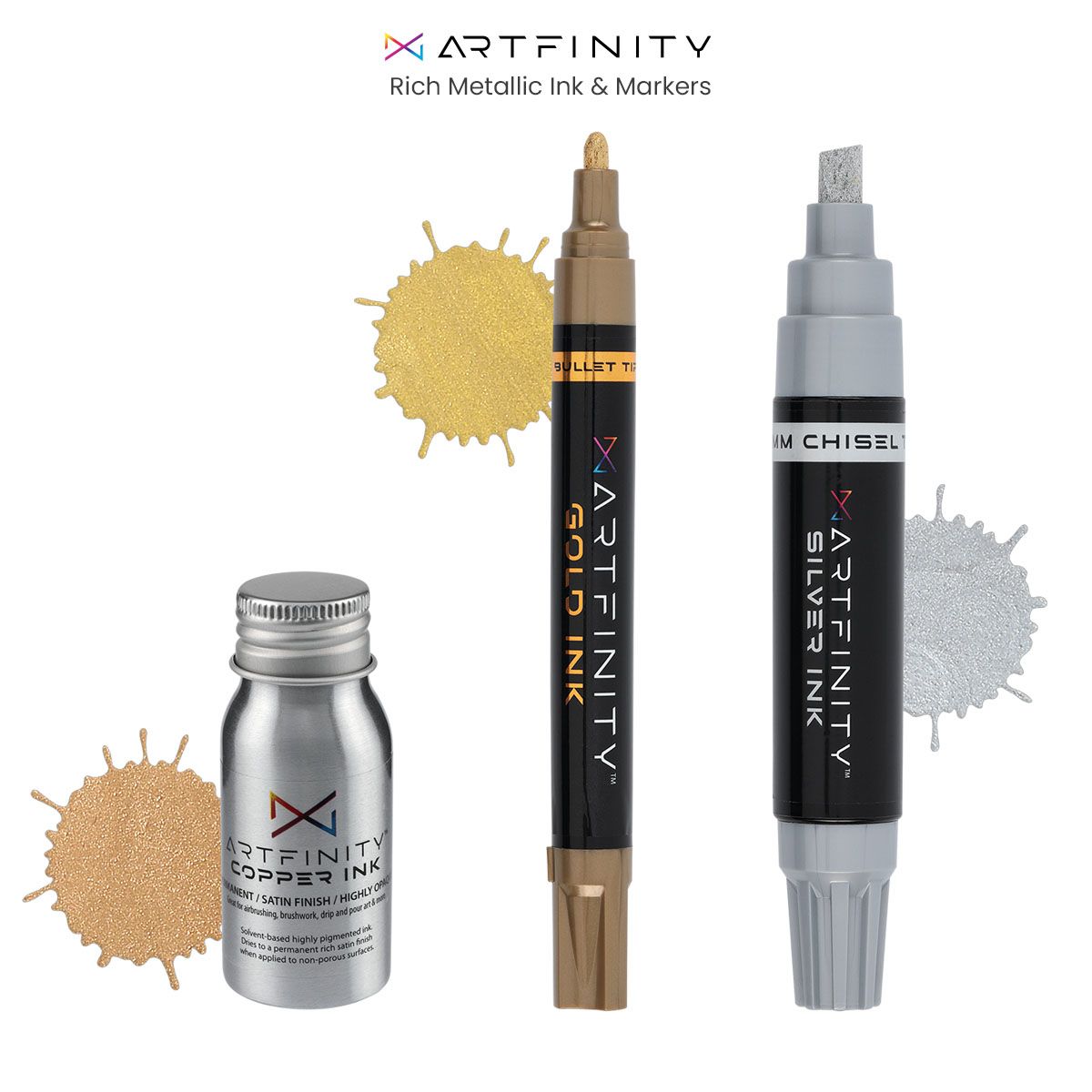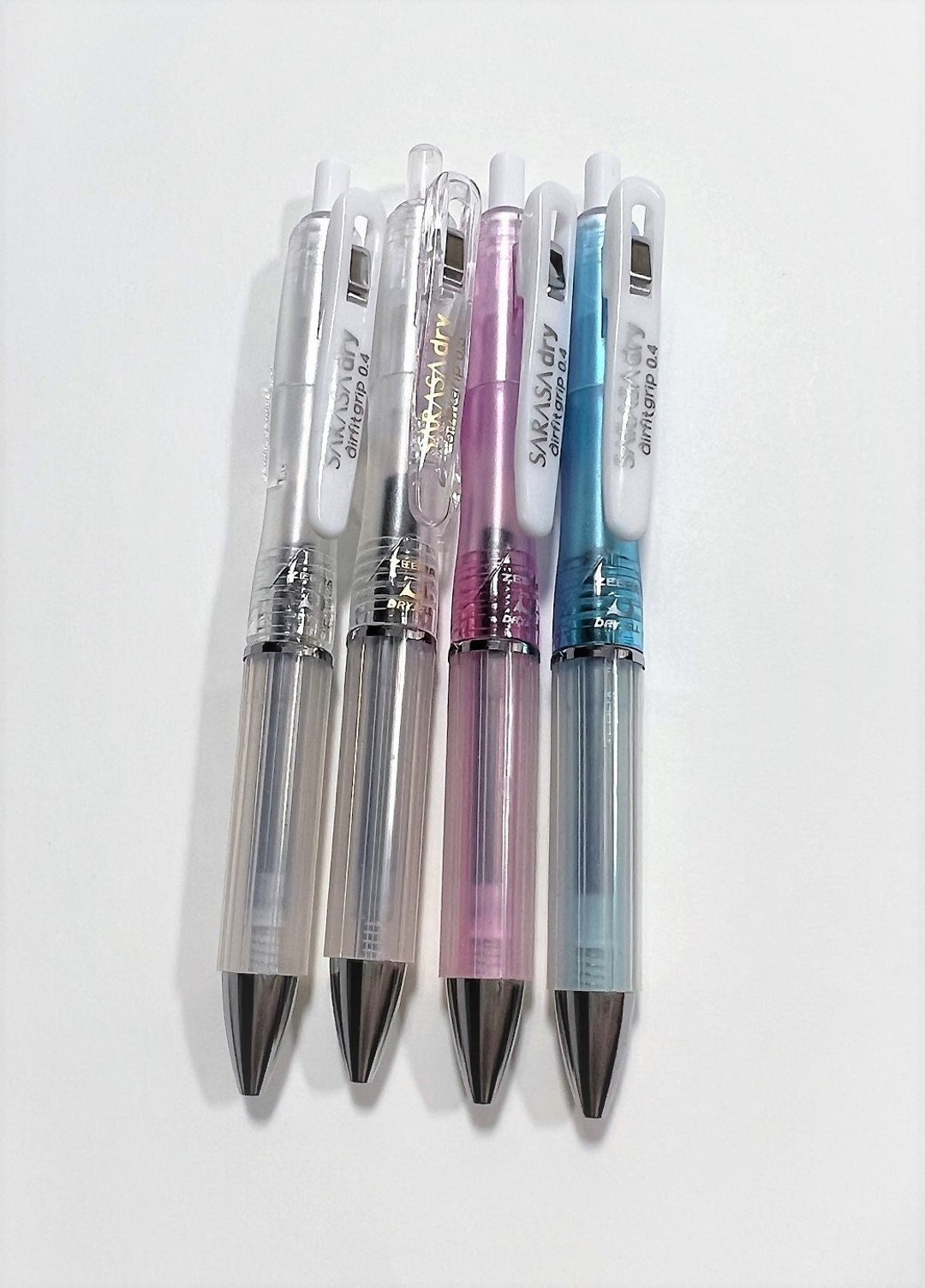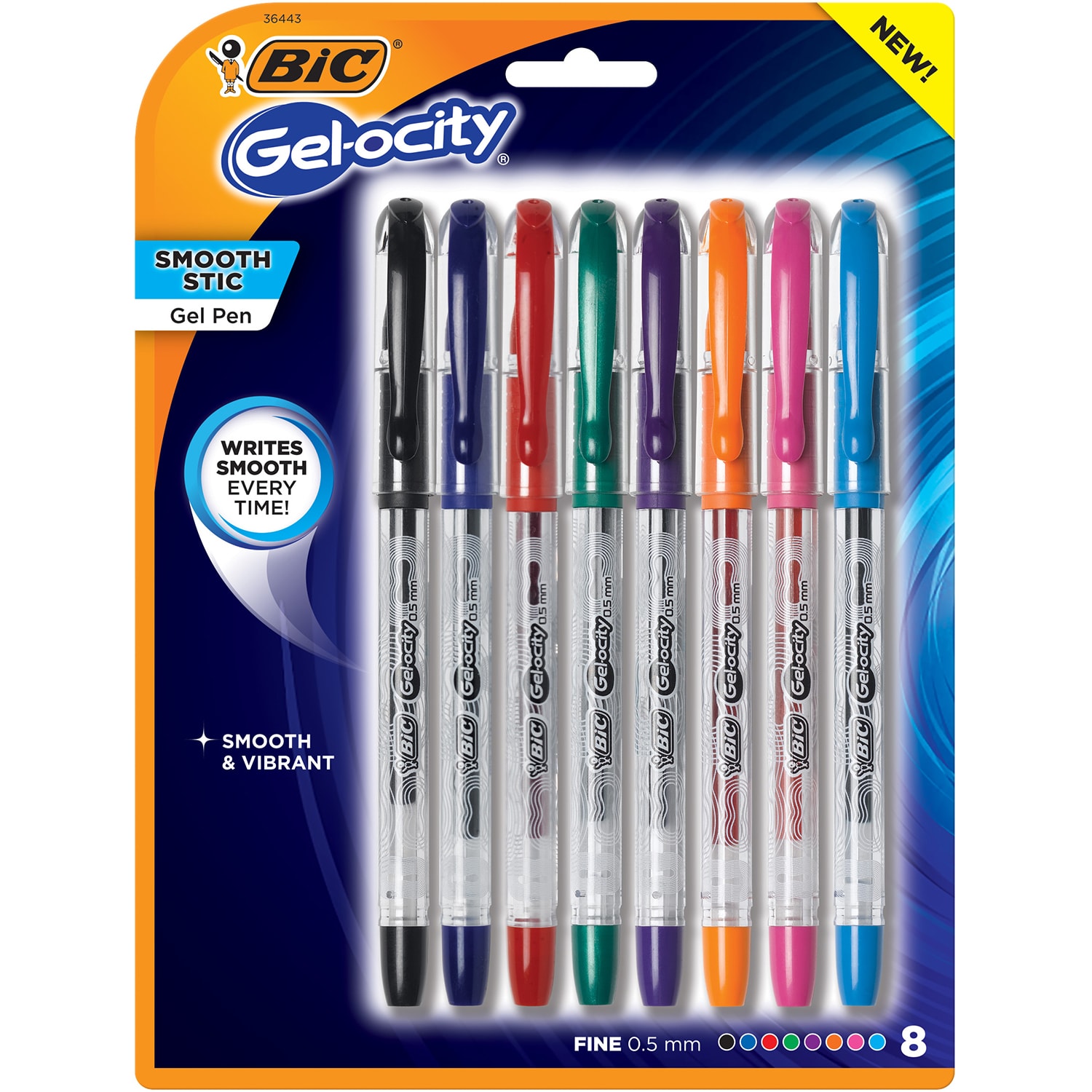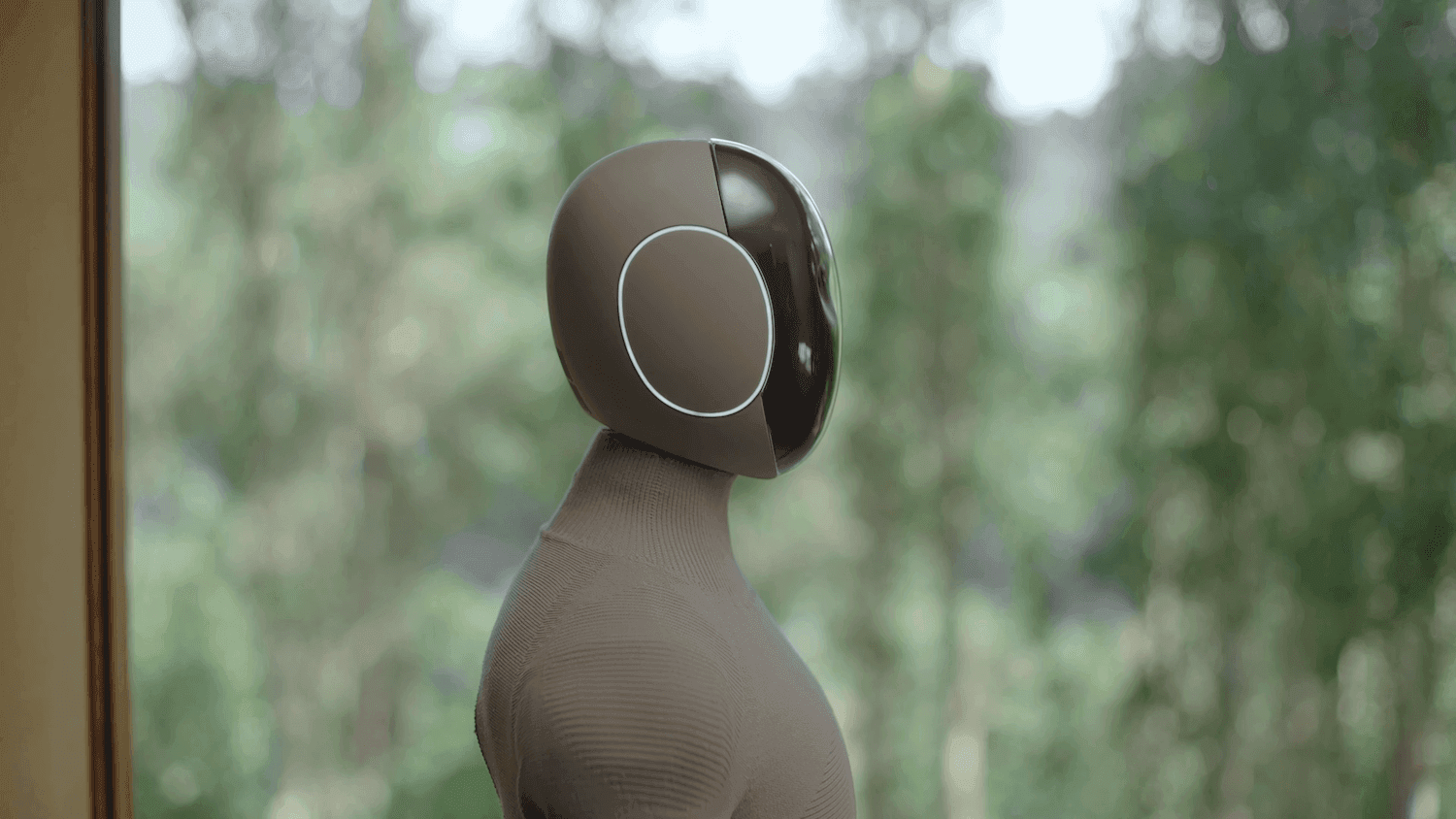Discover Pandipedia
Pandipedia is the world's first encyclopaedia of machine generated content approved by humans. You can contribute by simply searching and clicking/tapping on "Add To Pandipedia" in the answer you like. Learn More
Expand the world's knowledge as you search and help others. Go you!
Calligraphy Pens
Essential for achieving different calligraphy styles; specific pens are recommended based on the style you want to learn[1][3].
Brush Pens
Ideal for modern brush calligraphy; they offer flexibility and ease of use for beginners[2][3].
Zebra G Nib
A beginner-friendly nib known for its flexibility and ability to create consistent letters[2].

Canson Marker Paper
Recommended for practice due to its smooth surface that works well with various pens[1][3].
Rhodia Dotpad
A practical choice for on-the-go practice; features a subtle dot pattern that aids in guiding strokes[2].
HP Premium Choice Paper
Suitable for pointed pen calligraphy; it is minimally absorbent and high-quality[2].
Kneaded Eraser
A soft and moldable eraser that leaves no residue, perfect for correcting pencil guidelines[3].
HB Mechanical Pencil
Recommended for creating guidelines and sketching layouts; easy to maintain with a sharp tip[2][3].
Rolling Ruler
Useful for creating straight and parallel lines; it includes a mini protractor for angle measurements[1][3].
Southworth Business Paper
Recommended for blackletter calligraphy due to its minimal absorbency and texture[2].
Crayola Broad Edge Markers
Affordable alternatives for brush calligraphy, offering a degree of flexibility for beginners[2].
Pilot Parallel Pen Set
Comprehensive pen set for various ink applications; comes in multiple sizes for different effects[2][4].
Calligraphy Practice Sheets
Structured sheets that provide guidelines and examples to enhance practice sessions[2][3].
High-Quality Handmade Paper
Adds texture and uniqueness to calligraphy projects; best suited for advanced calligraphers[3].
Let's look at alternatives:
- Modify the query.
- Start a new thread.
- Remove sources (if manually added).
- Request a manual search from our human research team.
Introduction
Designed as a personal assistant and companion robot for the modern home, NEO Gamma represents a bold step forward in humanoid robotics. Developed by 1X Technologies, this next-generation system is not just about automation – it is built to blend seamlessly into everyday life and help with household chores while engaging in natural interactions[1][3][10]. By focusing on domestic settings rather than industrial applications, NEO Gamma sets itself apart as a home-first solution that aims to provide both functional assistance and companionship.
Innovative Design and Aesthetics
NEO Gamma’s design embodies a minimalist and approachable aesthetic. Wrapped in a soft knit suit made of 3D-printed nylon, the robot’s exterior not only hides its metallic structure but also protects home environments from accidental collisions. Its soft-touch, flexible suit is engineered using advanced techniques that ensure a comfortable, ‘clothed’ appearance while enhancing safety during movement[5][9][11]. Moreover, the inclusion of Emotive Ear Rings – LED indicators that light up during conversations – provides intuitive visual feedback, reinforcing a friendly and interactive persona[5][11].
Advanced Mobility and Capabilities

At the heart of NEO Gamma lies a multi-purpose whole-body controller that enables human-like movement. By employing reinforcement learning from human motion-capture data, the robot walks with a natural gait complete with arm swings, can squat to pick up objects, and even sit in chairs smoothly[3][15][17]. These dynamic control skills operate at a frequency of 100Hz, allowing NEO Gamma to navigate complex domestic scenarios and perform tasks that require a high degree of coordination and balance. Its visual manipulation system, enhanced with neural networks trained on raw sensor data, further allows the robot to identify and interact with a diverse range of household items – even in environments it has not previously encountered[4][15][18].
Integrated AI and Natural Interaction
NEO Gamma is not only mechanically advanced but also powered by an in-house developed large language model. This AI-driven system allows the robot to engage in smooth, natural conversations and respond with appropriate body language, making interactions as human-like as possible[2][6][10]. Its conversational voice interface, supported by a three-speaker system and four microphones with beamforming and echo cancellation, ensures crystal-clear communication even in noisy environments[6][16]. These features support the robot’s role as a companion, enabling it to not just perform chores but also provide tutoring, collaboration, and casual conversation – bringing a sense of warmth and personality to its interactions[2][7].
Focus on Safety and Home Integration
Safety is paramount in the design of NEO Gamma. The robot is equipped with tendon-driven joint actuation systems enclosed in soft covers, reducing impact forces and preventing injury during close interactions with humans and pets[1][11][16]. In addition to its inherently safe design, the noise level of NEO Gamma has been reduced by 10dB, making it as quiet as a refrigerator – an important consideration for deployment in a household environment[5][9]. These many safety features ensure that the robot can adapt to the unpredictable nature of real-world home scenarios, from negotiating tight spaces to carefully handling fragile household objects[8][18].
Testing and Future Prospects
Currently still in the prototype phase, NEO Gamma is undergoing internal testing in home environments to refine its capabilities. Early trials are aimed at gathering the diverse data necessary for the robot to grow more intelligent and autonomous over time, as the home setting presents varied challenges that cannot be fully replicated in the lab[8][14]. While there remain significant hurdles related to affordability, mass production, and full-scale deployment, early indications suggest that this home-centric approach could pave the way for a future where household robots become an everyday reality[12][13]. With continued improvements in AI, object manipulation, and safe mobility, NEO Gamma’s progression from prototype to market-ready product is highly anticipated by both industry experts and consumers alike.
Conclusion
NEO Gamma stands at the forefront of a transformative wave in home robotics. Combining human-like mobility, sophisticated AI-powered interaction, and a design that harmonizes with modern living spaces, this humanoid robot is set to redefine daily life for many households. By addressing the nuanced challenges of domestic environments—from safety and noise reduction to intuitive communication—1X Technologies has crafted a truly innovative solution. Although still in testing, NEO Gamma provides a promising glimpse into a future where a personal robotic assistant might be as common in the home as a smartphone, helping to manage everyday tasks with efficiency and a human touch[1][3][10][15].
Let's look at alternatives:
- Modify the query.
- Start a new thread.
- Remove sources (if manually added).
- Request a manual search from our human research team.
Get more accurate answers with Super Search, upload files, personalised discovery feed, save searches and contribute to the PandiPedia.
Let's look at alternatives:
- Modify the query.
- Start a new thread.
- Remove sources (if manually added).
- Request a manual search from our human research team.

The Gemini 2.X series are all built to be natively multimodal, supporting long context inputs of >1 million tokens and have native tool use support[1]. This allows them to comprehend vast datasets and handle complex problems from different information sources, including text, audio, images, video and even entire code repositories[1].
The Gemini 2.5 models are sparse mixture-of-experts (MoE) transformers with native multimodal support for text, vision, and audio inputs[1]. Sparse MoE models activate a subset of model parameters per input token by learning to dynamically route tokens to a subset of experts[1].
Let's look at alternatives:
- Modify the query.
- Start a new thread.
- Remove sources (if manually added).
- Request a manual search from our human research team.

The wearable technology market is evolving rapidly, influenced by advancements in health monitoring, artificial intelligence, sustainable practices, and cross-device integrations. As we look ahead to 2024 and beyond, several key trends are emerging that will redefine how these devices fit into our daily lives.
Enhanced Health Monitoring Capabilities
One of the most significant trends in wearable technology is the continual improvement in health monitoring features. Devices are expected to advance in tracking metrics such as blood pressure, glucose levels, and stress levels. This transition is largely driven by demands for proactive health management, making wearables more like personal health assistants. For instance, smartwatches are anticipated to include non-invasive blood glucose monitoring, which allows diabetics to manage their condition without invasive procedures[4][7]. Additionally, features aimed at detecting sleep apnea and other health conditions are likely to become standard across various wearable devices, enhancing their utility in everyday health management[5][10].
Integration of Artificial Intelligence
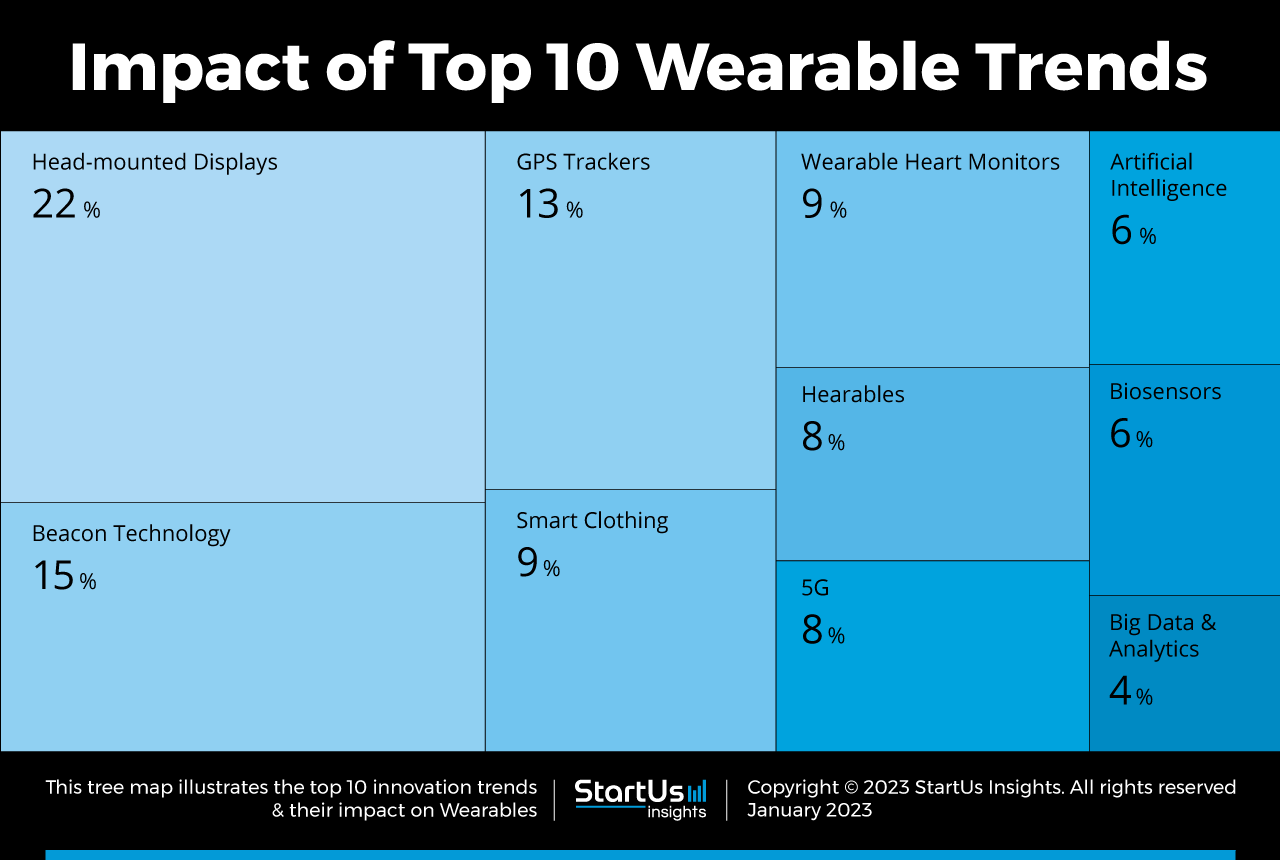
Artificial intelligence (AI) and machine learning are poised to play pivotal roles in the future of wearables. With AI-driven insights, wearables can analyze users' health data to provide personalized recommendations. For example, fitness trackers might adapt workout plans based on historical data from users' activity levels and health metrics[8]. AI capabilities will also enhance user experience by improving device interactivity and enabling voice commands, making devices more intuitive and user-friendly[2][7][11].
Smart Fabrics and Clothing
The trend towards smart clothing is gaining significance, with several companies integrating technology directly into apparel. These smart fabrics can monitor various vital signs and deliver real-time feedback, merging the functionalities of traditional wearables with the comfort and style of everyday clothing. Innovations in this area are expected to incorporate sensors that track health metrics unobtrusively, expanding the market for 'smart fashion' significantly in 2024 and beyond[9][11].
Sustainable Practices and Eco-Friendly Materials
5G Connectivity
The rollout of 5G technology is set to further revolutionize the wearables market by enabling faster data transfer and lower latency, facilitating real-time communication and remote monitoring for health management applications. This connectivity will allow wearables to seamlessly integrate with other smart devices within a user’s ecosystem, enhancing their functionality[2][8][11]. The integration of wearables into smart home systems could allow users to control their environments with greater ease, making technology more accessible and integrated into daily routines.
Expansion in the Pet Wearables Market
Alongside human application, the wearables trend is expanding into the pet market. Devices focused on health tracking for pets are set to become more prevalent, targeting owners who want to monitor their animals' health metrics in real time. This emerging segment showcases the versatility of wearable technology and its potential to cater to new demographics and market needs[5][11].
Growing Importance of Mental Health Tracking
As awareness of mental health issues increases, wearables are likely to incorporate features aimed at tracking mental well-being. Devices may soon offer functionalities such as stress tracking, sleep quality assessment, and even alerts for potential mental health issues, thereby broadening the scope of health metrics that these wearables can monitor[3][4]. This capability aligns with a growing consumer demand for holistic health management tools.
Legal and Regulatory Challenges
With the advancement of wearable technology comes the challenge of regulatory compliance. Companies will face scrutiny regarding data privacy and security as wearables increasingly collect sensitive personal health data. Legal disputes over technology rights and patents, such as those involving major players like Apple and other tech companies, are anticipated to shape the landscape of wearable tech in 2024 and beyond[8][9]. Compliance with regulations, such as FDA approvals for health-monitoring functionalities, will also become critical as wearables broaden their health applications.
Conclusion
The future of wearable technology promises significant advancements in health monitoring, sustainable practices, and smart integrations with daily life, emphasizing the importance of AI and user personalization. As trends continue to evolve, these devices are set to become even more integral to our health management and daily routines, contributing to improved quality of life and enhanced connectivity across various aspects of modern living.
Let's look at alternatives:
- Modify the query.
- Start a new thread.
- Remove sources (if manually added).
- Request a manual search from our human research team.
Let's look at alternatives:
- Modify the query.
- Start a new thread.
- Remove sources (if manually added).
- Request a manual search from our human research team.
Get more accurate answers with Super Search, upload files, personalised discovery feed, save searches and contribute to the PandiPedia.
Let's look at alternatives:
- Modify the query.
- Start a new thread.
- Remove sources (if manually added).
- Request a manual search from our human research team.

To deal with homesickness abroad, it's essential to acknowledge your feelings and communicate with others about them. Many expats and students experience homesickness, so talking with classmates or coworkers can provide relief and mutual support, helping you feel less isolated[1][4].
Additionally, keeping busy and engaging with your new surroundings is vital. Create a bucket list of activities to explore, join local groups, and try new hobbies. Recreate comforts from home by decorating your space, and regularly check in with friends and family, but limit excessive contact to avoid worsening your feelings of distance[2][3][4].
Let's look at alternatives:
- Modify the query.
- Start a new thread.
- Remove sources (if manually added).
- Request a manual search from our human research team.
Let's look at alternatives:
- Modify the query.
- Start a new thread.
- Remove sources (if manually added).
- Request a manual search from our human research team.
:max_bytes(150000):strip_icc()/Easy-workouts-for-beginners-3496020-FINAL-a0968ffe619d4933ae66d841e70f7387.gif)
Beginning an exercise routine at home can be a simple yet effective way to improve your health and fitness. Here are several tips and insights for beginners looking to make this journey more manageable and enjoyable.
Choose Simple Workouts
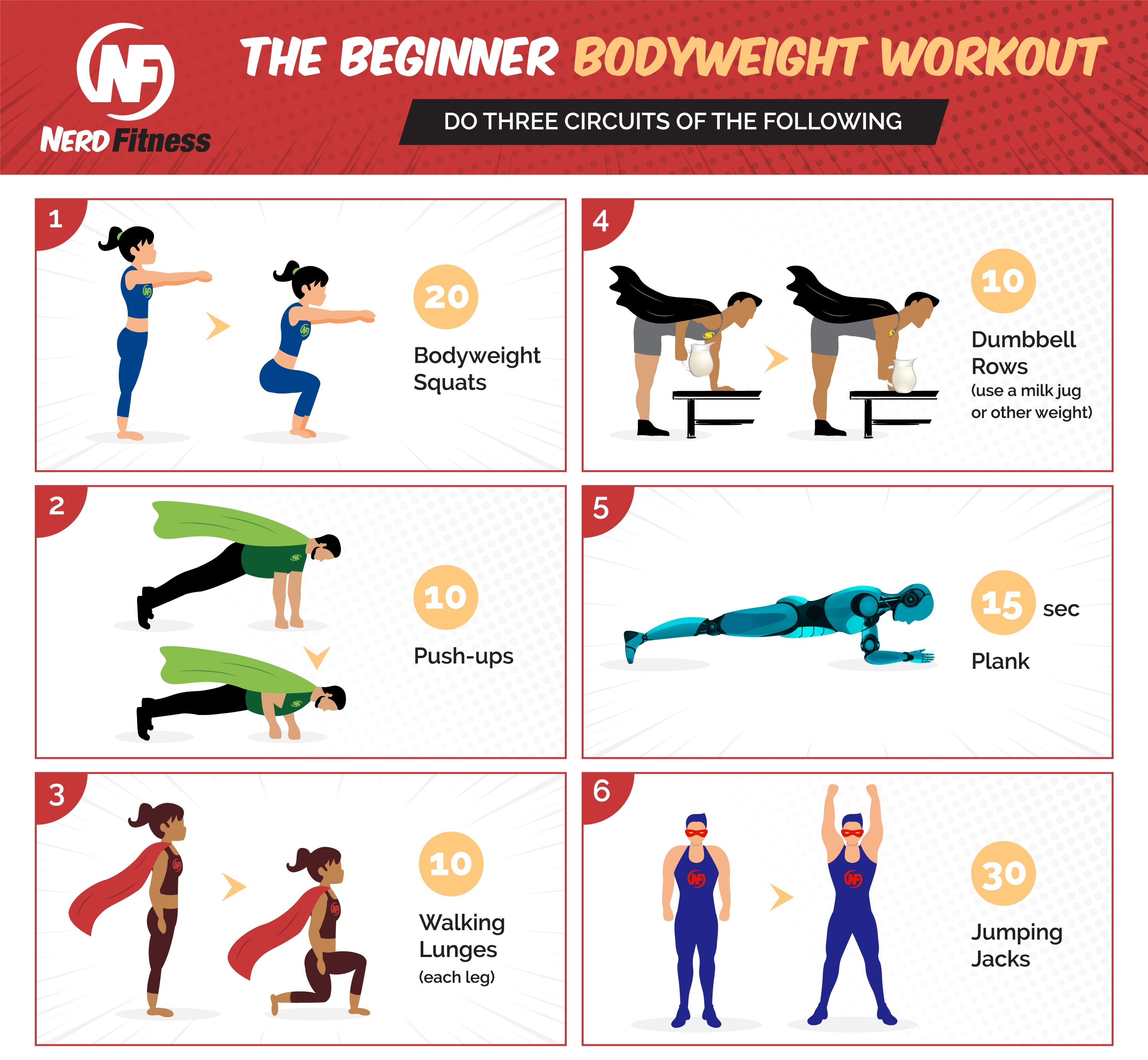
You don't need to engage in long or complex workouts to see benefits. Beginner workouts can yield real results without requiring expensive equipment or elaborate plans. Simple exercises that utilize your body weight can effectively improve fitness, boost confidence, and increase energy levels. Starting with just a few minutes of exercise daily can lead to noticeable improvements in your fitness over time[1][4].
Consult Your Healthcare Provider
Before starting any new exercise program, especially if you have a prior health condition such as diabetes or heart issues, it's essential to consult with a healthcare provider. They can help you understand necessary modifications to ensure safety during your workouts[1].
Set Manageable Goals
Establishing a clear, attainable goal is crucial. Consider formulating a SMART goal—one that is specific, measurable, attainable, relevant, and time-bound. Writing it down and placing it where you can see it regularly will help keep you accountable and committed to your fitness journey[1].
Incorporate Everyday Movements
Everyday activities can be used to create a workout. For instance, movements like getting in and out of a chair or walking up and down stairs can improve strength, balance, and flexibility[1]. These activities can be repeated for a quick, effective workout session that fits seamlessly into your daily life.
Home Circuit Workout
Once comfortable with basic movements, you can create a simple circuit workout at home. Combine exercises like:
Chair Sit-to-Stand: Repeatedly sit down and stand up from a chair.
Stair Walking: Go up and down stairs for cardiovascular and strength benefits.
Floor Transitions: Practice getting up and down from the floor to enhance coordination and strength.
Doing each movement several times in a sequence can emulate a structured workout without requiring a gym visit[1][3].
Maximize Household Chores
You can easily turn household chores into a workout. Activities like sweeping, vacuuming, or even gardening can increase your heart rate and engage various muscle groups. For example, sweeping utilizes your core and oblique muscles, making it a great way to sneak in exercise while accomplishing chores[1][3].
Bodyweight and Flexibility Exercises
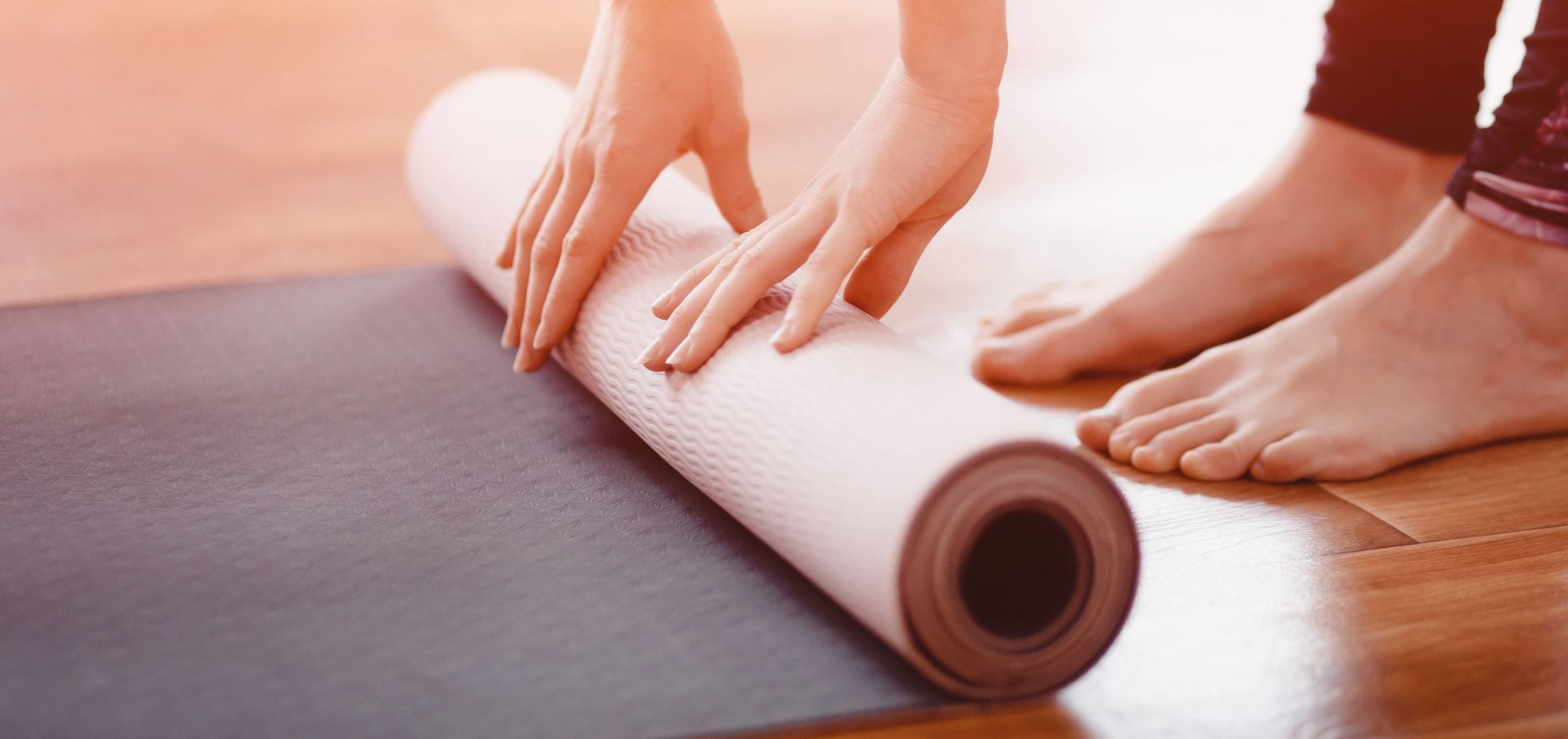
Bodyweight exercises are especially beneficial as they require no equipment and can be modified to various skill levels. Some easy and effective options include:
Bridges: Lie on your back with knees bent, and lift your hips to engage the glutes.
Modified Push-ups: Begin on your knees and lower your body toward the floor to build upper body strength.
Squats: Start with your back against a wall or a chair to master your form before progressing to freestanding squats.
These exercises can be scaled in intensity as fitness progresses. Aim for two to four times a week, performing 10 to 15 repetitions of each exercise with breaks in between[3][4].
Warm-Up and Cool Down
Always incorporate a warm-up and cool-down routine. Dynamic warm-ups can include simple movements like jogging in place, jumping jacks, or arm circles to prepare your body for exercise and prevent injury. Post-workout stretching is equally important to aid recovery and improve flexibility[2][3].
Social Support and Community
Engaging family and friends in your fitness journey can provide motivation and support. Sharing your goals with others enhances accountability, making it easier to stick to the program. Additionally, consider online communities for tips, workout plans, and encouragement from like-minded individuals[1][4].
Stay Consistent and Progress Gradually
Listen to your body and allow for rest days, as strength is built during recovery periods. Follow a pattern such as strength training followed by cardio or flexibility work on alternating days to maintain a balanced routine[2][4]. Progress should be gradual; as you grow more comfortable with basic movements, start to increase repetitions or introduce more challenging variations.
In summary, starting an exercise routine at home can be straightforward. By focusing on simple movements, setting realistic goals, and consistently engaging in various exercises, beginners can successfully enhance their fitness and overall well-being. With determination and the right approach, anyone can enjoy the journey to better health from the comfort of their home.
Let's look at alternatives:
- Modify the query.
- Start a new thread.
- Remove sources (if manually added).
- Request a manual search from our human research team.










